Search Results for: Cats
Skip to resultsCan’t find what you’re looking for? Visit our FAQ page.
2,555 results for: Cats
-
 Health & Medicine
Health & MedicineFeedback
Calculating vaccines' impact, cat-induced bird death toll revised, taming wildcat genetics, and praise for The Science Life.
-
 Neuroscience
NeuroscienceLike people, dogs have brain areas that respond to voices
MRI study may help explain how pups understand human communication.
-
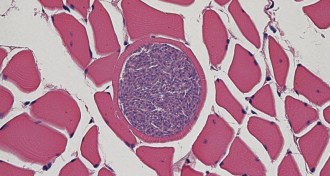 Ecosystems
EcosystemsArctic melting may help parasites infect new hosts
Grey seals and beluga whales encounter killer microbes as ranges change.
-
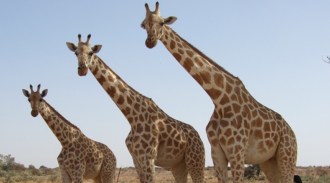 Animals
AnimalsWhy was Marius, the euthanized giraffe, ever born?
The problem of ‘surplus’ zoo animals reveals a divide on animal contraceptives.
-
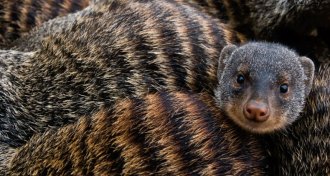 Animals
AnimalsSynchronous birth
For young banded mongoose moms, there’s only one choice for when to give birth — the same day as older, dominant mothers. In communities of these cat-sized animals, all females give birth together, no matter when they became pregnant.
-
 Materials Science
Materials ScienceNanotube whiskers could aid robot-human interaction
Tiny hairlike sensors made from nanomaterials are more sensitive than existing devices to detect tiny pressures.
-
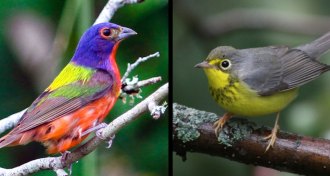 Animals
AnimalsWindows may kill up to 988 million birds a year in the United States
Single-family homes and low-rise buildings do much more damage than skyscrapers.
By Susan Milius -
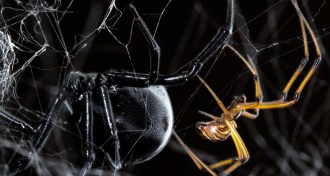 Animals
AnimalsAnimals were the original twerkers
From black widow spiders to birds and bees, shaking that booty goes way back.
-
 Quantum Physics
Quantum PhysicsTom’s Top 10 interpretations of quantum mechanics
Quantum mechanics has given birth to dozens of interpretations, which themselves need interpretations.
-
 Health & Medicine
Health & MedicineBaby-cam captures an infant’s world
What do babies see all day? Faces. Lots of faces.
-
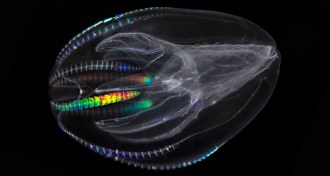 Genetics
GeneticsTop genomes of 2013
Scientists continue to decode the genetic blueprints of the planet’s myriad flora and fauna.
By Beth Mole -
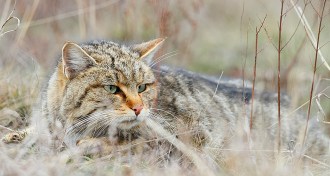 Animals
AnimalsChina trumps Near East for signs of most ancient farm cats
Earliest evidence found for grain as a force in feline domestication.
By Susan Milius